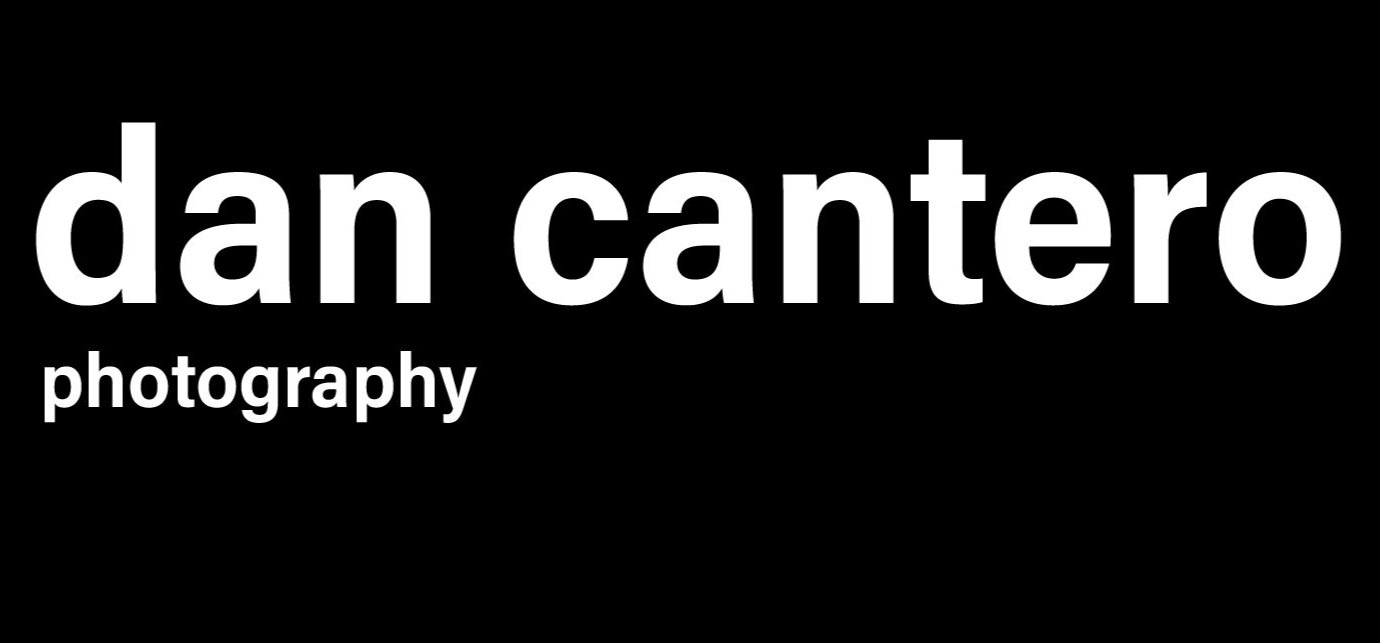You often hear photographers refer to ‘diffused light’ and you may be wondering what this is and why it’s needed. Diffused light is simply taking a source of light and changing the characteristics. Some of these characteristics could be brightness, size and shape. A source of light is usually small. If you can imagine a flashlight being pointed straight at a AA battery, you will then notice you get some hard shadows behind the battery. This is because light travels in a straight line and cannot illuminate behind the battery. If we then introduce some card-sized diffusion material such as tracing paper, the source of the light becomes bigger. At this point, the diffuser takes over from the flashlight and it is now the source of illumination for our AA battery. But the source is now bigger which means it can illuminate it from more angles. It can now see a little more around the battery than the flashlight could. It’s a little like standing still in front of something and moving your head slightly from side to side. You will see a little more around your subject. Because of this effect, you will get soft shadows. The larger your diffused light source (in relation to your subject) the softer the light and shadows. A perfect example of this is on a cloudy day. All hard shadows are gone because it is not being illuminated by the sun, it is being illuminated by the clouds which take the light from the sun and diffuse it. All of this results in hard light being transformed into more a glow. The 2 images below demonstrate this.
Image with no diffuser
Image with diffuser (tissue paper)
There are a lot of reasons for wanting to do this. The main one is when photographing people. Soft light is more flattering on the skin because it can hide imperfection in the skin.
This is not the only option of course as they also used to get rid of shadows all together and softly illuminate products.
Diffusers come in all shapes, sizes and prices. Sometimes a white wall that you can bounce light off is all you need. Other times you may require massive octa-boxes costing thousands of dollars. But to get started head over to your local art supplier and get yourself some tracing paper or a white translucent shower curtain and experiment to see what kind of results you get.


